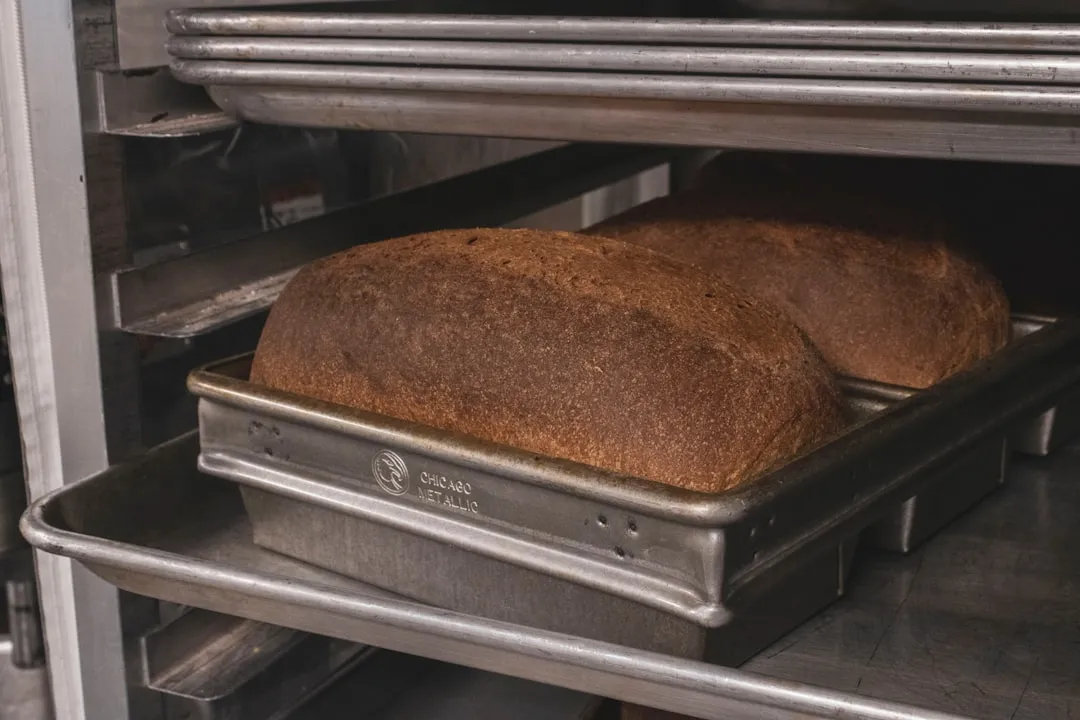No matter what the clean freaks out there try to tell me, I still drink my Los Angeles tap water without a care in the world. I figure that I've already consumed much more heinous things in my lifetime. Street vendor "steak" burritos comes to mind.
However, if there's easy access to cleaner water, I'm all for it. Brita filters are commonplace in households and supposedly clean and purify your water to the most ideal levels. While all that may be well and good, one of the reasons that I haven't jumped on board yet is the price. The dispensers are pricey, and a single Brita filter replacement can cost around 9 bucks!

But there are a few DIY ways to get cheaper water in your Brita dispenser, and they're cheap enough to finally make me reconsider my tap water usage.
Activated Carbon & How Brita Filters Work
If you've used a Brita filter before, you probably have noticed a few black specks inside your dispenser. Those black specks are activated charcoal, the main filtration component of the Brita filter. Impurities stick to the charcoal, allowing the water passing through to be cleansed of those unwanted items. After some time, those impurities begin to build up, making your filter less and less effective.
So, in order to get those similar attributes in our cheaper replacement, we're obviously going to need some activated carbon. You can order large containers of activated carbon online, saving you a ton of money down the line.
Method #1: Refill Your Brita Replacement Filters
Instructables user IAMSatisfied came up with a fairly simple and effective method of using your own activated carbon with the standard Brita filter, so all you have to do is buy one Brita replacement filter—and never any more!

All you need are some tools, an old Brita filter, activated carbon, and a polyethylene plug.
Cut Hole & Empty
Cut a hole in the top of the Brita filter and dump out the contents. Make sure it's big enough to fit in the polyethylene plug firmly. You can snag one of these plugs at your local hardware store for a handful of change.

Rinse Completely Out
After drilling your hole and removing the old contents, you will want to rinse and clean the filter container.
Make Sure the Plug Fits
Place the plug in to see if it fits. Its better to start with a small hole that can be made larger. You can also use a cork. Just cut the cork down to the proper size and stick it in.

Fill Up with Activated Carbon
Now that the plug fits, you can remove it and begin filling the housing with activated carbon. IAMSatisfied uses a funnel to make this process quicker and cleaner. After the filter is filled you can close it back up.
Create Air Vents (Optional)
You may have noticed that the origanal Brita Filter has tiny air vents cut into the top of the casing.

These vents allow the water to more easily pass through. So if you want to add a similar feature to your new filter, you can you a very hot needle or sharp knife to cut hole around the plug area.

Soak Your DIY Filter Before Use
Soak your new filter in water for 15-20 minutes to make sure that the carbon is saturated, just as you would any store-bought replacement filter. Once done, your DIY Brita replacement is ready to go. Place it into your dispenser and enjoy purified water.
For more in-depth instructions, check out the full guide on Instructables.
Method #2: Just Use Teabags Instead
If you don't care about the neatness of a DIY Brita replacement filter, or don't even have a Brita jug, you can also use teabags to filter your water. This method is for those looking to do much less work and don't mind a few charcoal speckles escaping into their drinks.

Use a tablespoon to fill your teabags with activated charcoal.

Once filled, tighten the bags as much as possible to decrease the chances of charcoal falling out. Two tea bags should be more than enough for a normal-sized water dispenser.
Just place the tea bags into your dispenser before or after you fill it with water. Wait at least an hour so that the tea bag filters can soak up the impurities present in the water. These bag should be replaced after 40 gallons of water per the Brita recommendations.

While this method is easier, it may be less effective, since you have to wait for the bags to soak up the contaminants versus having the water filtered through and readily available. Also, this will undoubtedly leave more carbon in the water itself, but ingestion of small flakes of activated carbon have not be proven dangerous.
For more details, check out the full guide over at Tea Beyond.
Optional: Add Ion Exchange Resin
A product called ion exchange resin is also included inside of the original Brita filter. This is mainly used to help soften "hard water" or water high in mineral content by removing many minerals. These minerals are not harmful, but can be detected by taste. So, if you would also like filter out hard water contents, then you can add that to your mixture. It is much more expensive than activated charcoal, so do keep that in mind.
Brita jug photo by exfordy

























Comments
Be the first, drop a comment!